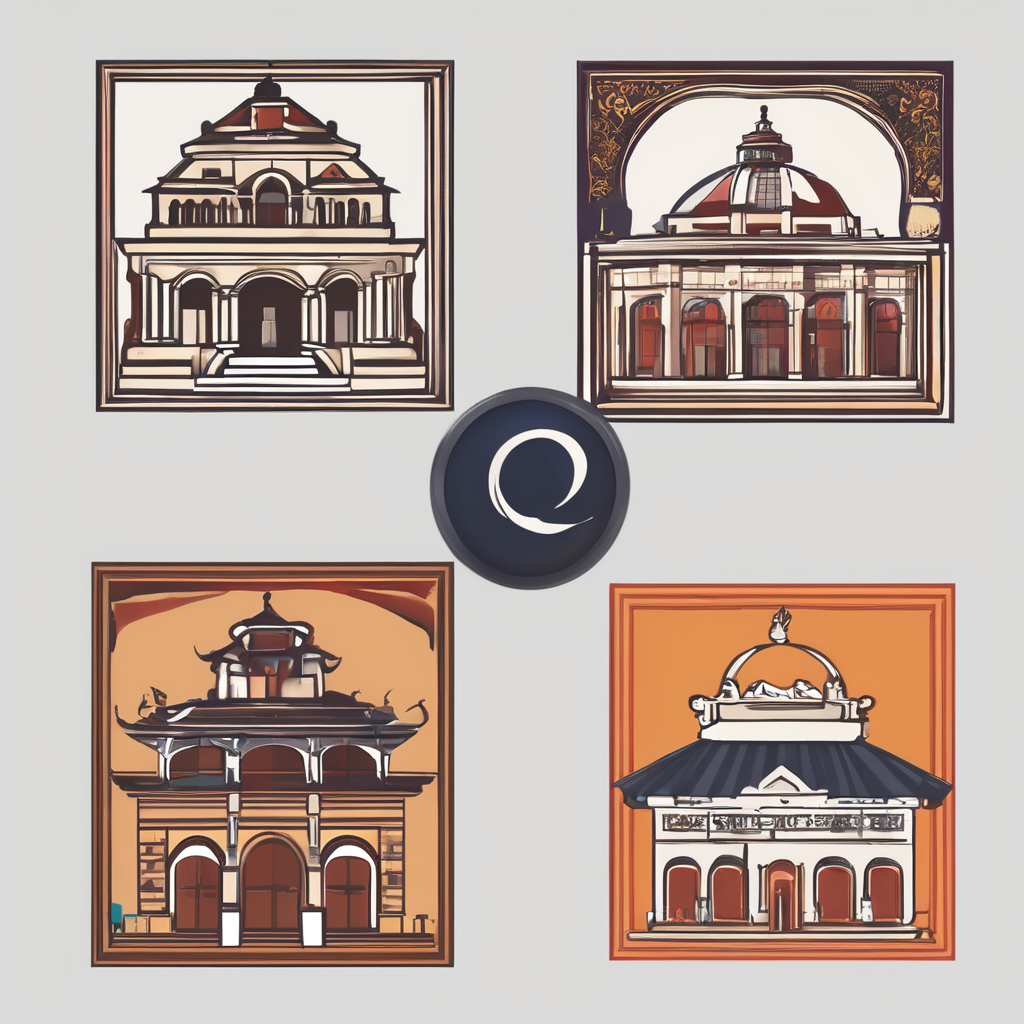Discovering the Most Exciting Activities to Explore in Rome
Rome welcomed over 35 million visitors in 2024, according to Rome Tourism Board data, making it one of Europe’s most sought-after destinations. From ancient monuments to vibrant neighborhoods, the Eternal City offers experiences that transform ordinary trips into unforgettable journeys. What if you could discover not just the famous landmarks, but also the hidden gems that make Rome truly magical? Our comprehensive guide covers the best things to do in Rome, helping you maximize every moment of your visit.
Ancient Wonders That Define the Eternal City
Rome’s ancient monuments stand as living testimonies to an empire that once ruled the world. The Colosseum, where gladiators once fought for glory, remains the city’s most iconic symbol. This architectural marvel draws millions of visitors yearly, but arriving early morning or late afternoon helps you avoid the heaviest crowds while capturing the golden light that makes the ancient stones glow.
Also read : Uncover the urban bivouac: a cozy hotel in paris
The Roman Forum unfolds like an open history book at the heart of the city. Walking through these ruins, you’ll trace the footsteps of emperors and citizens alike. Consider purchasing skip-the-line tickets to maximize your time exploring rather than waiting in queues, especially during peak tourist seasons from June through August.
The Pantheon presents perhaps Rome’s most perfectly preserved ancient structure. This architectural wonder, with its magnificent dome and oculus, continues to inspire architects worldwide. Unlike other major sites, entry remains free, though visiting early morning offers a more contemplative experience before tour groups arrive. Each monument tells part of Rome’s extraordinary story, creating an unforgettable journey through time.
In parallel : Discover the Fascinating History of the British Postal System Through Engaging Interactive Exhibits!
Vatican Treasures and Sacred Experiences
The Vatican City stands as the crown jewel of Rome’s spiritual heritage, housing some of the world’s most extraordinary artistic treasures. Planning your visit strategically can transform what might be a rushed, crowded experience into a profound journey through centuries of faith and Renaissance mastery.
The Sistine Chapel remains the ultimate destination, where Michelangelo’s ceiling frescoes create an otherworldly atmosphere. To fully appreciate these masterpieces without the typical shoulder-to-shoulder crowds, book the earliest morning slot available or consider evening tours when available. The chapel’s acoustics and lighting change throughout the day, offering different perspectives on the iconic “Creation of Adam.”
St. Peter’s Basilica demands at least two hours to truly absorb its grandeur. Climb the dome early in the morning for breathtaking panoramic views of Rome, but be prepared for 551 steps and narrow passages. The basilica itself houses Michelangelo’s Pietà and Bernini’s magnificent Baldachin, each deserving careful contemplation.
The Vatican Museums require strategic navigation through 54 galleries. Focus on the Gallery of Maps, Raphael Rooms, and the Pinacoteca for the most rewarding experience. Skip-the-line access becomes essential during peak season, potentially saving you hours of waiting time.
Hidden Gems and Local Neighborhoods Worth Exploring
Beyond Rome’s iconic landmarks lies a network of authentic neighborhoods where locals gather for evening aperitivos and centuries-old traditions continue unchanged. Trastevere captivates visitors with its medieval cobblestone streets and vibrant nightlife, but venture here during morning hours to witness residents hanging laundry from flower-adorned balconies and chatting in local dialects.
The Monti district reveals Rome’s bohemian soul through independent boutiques housed in former Roman structures and family-run trattorias serving recipes passed down through generations. Local tip: explore Via del Boschetto on weekdays when vintique shops open exclusively for neighborhood regulars, offering unique pieces unavailable in tourist areas.
Campo de’ Fiori transforms dramatically throughout the day, hosting Rome’s most authentic morning market before evolving into an evening social hub. Arrive at 7 AM to witness vendors arranging seasonal produce while discussing local politics in rapid Italian, then return after sunset to experience the square’s completely different energy as Romans gather for pre-dinner drinks.
Essential Planning Tips for Your Roman Adventure
Planning a trip to Rome requires strategic thinking to make the most of your time in the Eternal City. The right preparation can transform your visit from overwhelming to unforgettable, especially when dealing with crowds and must-see attractions.
Here are the essential tips every traveler should know before stepping foot in Rome:
- Best time to visit: April-May and September-October offer pleasant weather and fewer crowds than peak summer months
- Recommended duration: Plan at least 4-5 days to cover major attractions without rushing, though 7 days allows for a more relaxed pace
- Budget considerations: Expect €25-40 per person daily for attractions, plus €30-50 for meals depending on your dining preferences
- Transportation: The metro system connects major sites efficiently, while walking remains the best way to discover hidden gems
- Advance reservations: Book Colosseum, Vatican Museums, and popular restaurants at least 2-3 weeks ahead, especially during high season
Consider the Roma Pass for convenience and savings. This city card provides skip-the-line access to major attractions, unlimited public transport, and significant discounts on additional sites, making your Roman adventure both smoother and more affordable.
Culinary Delights and Authentic Roman Flavors
Rome’s culinary scene extends far beyond tourist traps, offering authentic experiences that showcase centuries of gastronomic tradition. The city’s local markets provide an intimate glimpse into daily Roman life, where vendors have been serving the same families for generations.
Campo de’ Fiori market transforms each morning into a vibrant showcase of seasonal produce, artisanal cheeses, and fresh herbs. Here, you’ll discover ingredients that define Roman cuisine: pecorino romano, guanciale, and the perfect tomatoes for a genuine amatriciana sauce.
For authentic dining experiences, venture beyond the Colosseum area to neighborhoods like Testaccio and Trastevere. Traditional trattorias here serve carbonara made tableside, cacio e pepe with perfectly aged cheese, and supplì that locals queue for daily. These establishments often lack English menus, but the passionate servers happily explain each dish’s history.
Don’t miss Rome’s emerging food scene either. Young chefs are reimagining classic recipes while respecting traditional techniques, creating innovative dishes that honor the city’s culinary heritage while appealing to contemporary palates.
Your Questions About Rome’s Top Attractions

What are the must-see attractions in Rome for first-time visitors?
The Colosseum, Vatican City, and Roman Forum top every first-timer’s list. Add the Pantheon, Trevi Fountain, and Spanish Steps for a complete introduction to Rome’s ancient and baroque wonders.
How many days do I need to see all the main sights in Rome?
Plan 4-5 days minimum for Rome’s major attractions. This allows time for Vatican Museums, ancient sites, and neighborhood exploration without rushing through these incredible historical treasures.
Should I buy skip-the-line tickets for popular Roman attractions?
Absolutely yes for the Colosseum and Vatican. Summer wait times can exceed 2 hours. Skip-the-line tickets save precious vacation time and ensure guaranteed entry during peak season.
What’s the best time of year to visit Rome to avoid crowds?
November through March offers the smallest crowds and pleasant weather. Avoid July-August heat and Easter week crowds. Early mornings year-round provide the most peaceful sightseeing experiences.
How much does it cost to visit the main tourist attractions in Rome?
Individual tickets range €12-30 per attraction. The Roma Pass at €38.50 for 72 hours covers multiple sites and public transport, offering significant savings for busy itineraries.





